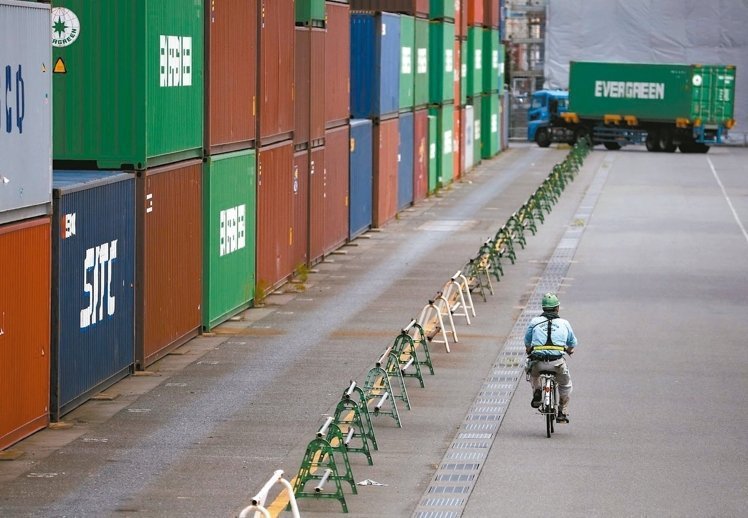June marks 12-month consecutive export growth
2021/07/08 | By EDNThe Ministry of Finance (MOF) announced on Wednesday that exports in June were valued at US$36.65 billion, marking the second-highest in a single month in the past year, with an annual increase of 35.1%. The Director of Statistics of the MOF, Tsai Mei-na, said yesterday that exports in June can be described as in hot demand, which has been growing for 12 consecutive months.
Tsai pointed out that the boom in exports can be attributed to the four major factors: rising demand in Europe and the U.S., tight supply and demand, rising prices, emerging business opportunities, and the effect of Apple's stocking for new product releases. In addition, exports in the second quarter hit a record high in a single season, and the cumulative export scale in the first half of the year also hit a record high in the same period of the year.
At the same time, exports drove import-derived demand. The import scale in June was US$31.51 billion, which was the second-highest in a single month in the past year, with an annual increase of over 40%. It showed that manufacturers were actively preparing materials before the peak season, which caused the import of agricultural and industrial raw materials to grow by 52%. Imports also increased by about 25% annually due to the purchase of machinery and equipment by manufacturers.
Among the major export categories, electronic components performed the most brilliantly. The export volume in June was US$14.51 billion, a single record month high with an annual increase of nearly 30%. It has been growing for 26 consecutive months, surpassing the post-financial tsunami recovery period and hit a record of almost 30%—the most extended growth cycle in 16 years.
The strong buying momentum for chips and the start of international high-end mobile phone sourcing demand have driven integrated circuits' export to a record. In addition, passive components and diodes are also in hot demand, and various positive factors have been injected into the export of electronic components.
As for information communication, audio-visual products, and optical equipment, the demand for home office and online learning continues to be blessed. In June, the annual growth rate of exports was also around 20-30%.
Export performance of traditional sector products, including mineral products, plastics, rubber products, and chemicals, were also doing well. All were affected by the rising international crude oil market and boosted market buying, and coupled with the low base period last year; the growth rate has surprised analysts -- the annual growth rate of mineral exports is even as high as 87%.
Textiles benefited from the slowdown in the epidemic in Europe and the U.S., and apparel consumer demand rebounded with an annual growth rate of more than 50%. Basic metals and their products were driven by infrastructure demand from Europe, the U.S. and the ASEAN region, and the cancellation of steel export tax rebates in China resulted in tight supply and rising prices.
Looking forward to future exports, Tsai analyzed that based on past seasonal trends, it is estimated that the export scale in July will be between USD$36.4 billion and USD$37.4 billion, with an annual growth rate of about 29% to 33%, which is expected to be a positive growth for 13 consecutive months.
However, Tsai also said that since August last year, exports in a single month has jumped to more than USD$30 billion. This also means that after August this year, the annual growth rate of exports is limited, and it is not easy to see a high growth rate of more than 30%.


